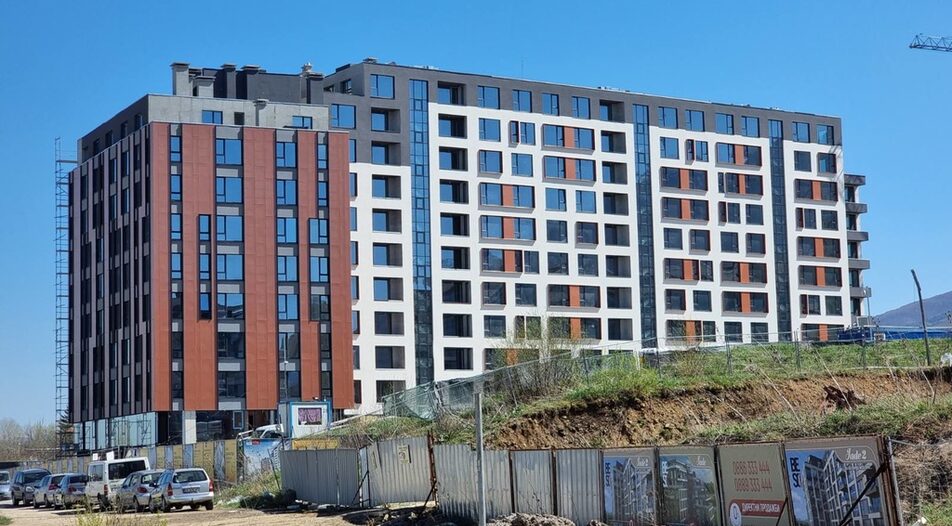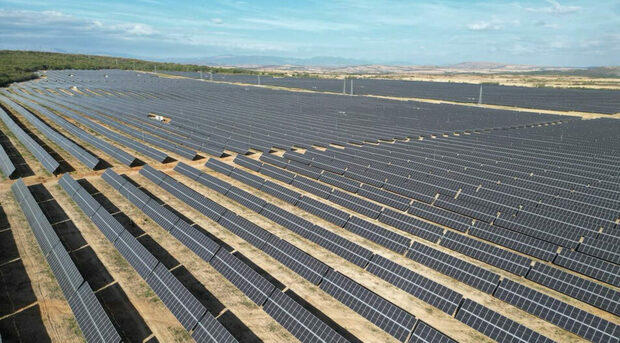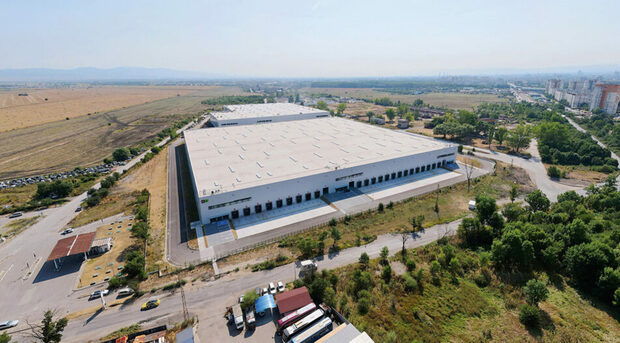- AG Capital started developing the Build to Rent concept through its company BLD. The first 64 apartments are on the market from July.
- The target is at least 1,000 built-for-rent homes to be offered as a package to an investment fund.
- The entry of professionals into the sector can lighten it up and raise the price levels.
The housing market has been very hot lately, with many new owners relying on income from a tenant. However, the rental market is still cool. This situation was noticed by real estate professionals, who saw the hidden potential and stepped in by greenlighting a different model.
The largest real estate group on the Bulgarian market, controlled by Hristo Iliev - AG Capital, is starting to develop the Build to Rent concept through its construction and investment company BLD.
By definition, Build to Rent (BTR) is a term for housing built specifically for rental, usually in the long-term. The management is professional and carried out by the owner or operator of the building. BLD defines the concept as "fully furnished apartments for rent in the company's new buildings that provide not only a place to live but also an environment and a community."
"Mona 2" and the goal of 1000 apartments
The first 65 fully furnished apartments designed for rental are on the market from July. They are located in the Mona 2 BLD building in the Sofia neighborhood "Manastirski Livadi-East" (23.4 thousand sq.m. of built-up area), which is awaiting Act 16. It has three entrances and a total of nearly 200 apartments.
The company already has experience with four pilot apartments for rent in Mona 1. They commissioned the interiors from four different designers. In Mona 2, the company will multiply the two solutions that customers liked the most. All four apartments have already been sold, three of them bought by the same client. In the future Aviva building in the Vazrazhdane district (39.6 thousand square meters of built-up area) which is under construction now, there will be two entrances for rent with at least 170 apartments.
"BLD intends to announce furnished apartments for rent on the market in every new project," says Dimitar Savov, the company's executive director and co-shareholder in AG Capital. The long-term goal is to create a portfolio of a minimum of 1,000 similar apartments in five years, which will then be offered for purchase by an investment fund.
"The Build to Rent segment is a hit among institutional investors, along with logistics space, after the pandemic has cooled interest in offices and commercial spaces. Pension funds are most interested in such projects," explains Savov.
According to him, the Bulgarian housing market is not of interest to the funds, not so much because of the high share of own homes (about 85% of the population) and the small share of those living in rent. Rather, the reason is that there is a lack of product and management for such buildings. If the product is built, the management problem will be solved somehow, he says.
Medium-term rentals, 5-6% yield
The Build to Rent model focuses on the mid-term rental segment - between a month and a year. The target is graduates, the divorced, or people who have sold their houses while waiting for the completion of their new apartment. "These are mostly young people who have not yet decided where they will settle, do not see the point of buying at this stage, but also do not want to live with their parents. There is such a niche, but there is no such product," says Savov.
Boris Pavlov, the manager of the company Flat Manager, which also started with short-term rentals, confirms this. "There is a demand for short-term rentals on Airbnb," he says. Then, along with the Ukrainian demand, a deficit of apartments that can be rented for three to six months stood out.
Savov explains the focus on medium-term rentals as follows: "With them, we do not enter into direct competition with private apartments. In addition, we can add value through additional services. Thus, the rent becomes higher and the yield reaches levels that would attract pension funds. They are looking for 5-6% yield, while it is between 3 and 4% when an individual rents out a private apartment," he explains.
The model and the conjuncture
Dimitar Savov explains that they have been working on the BTR concept for four years, and not in response to the current market situation. But the current situation seems to further work in favor of the idea. Because of the unpredictable costs of construction at this stage, investors have difficulty determining the final prices of the homes and often delay the sales of greenfields. Also, it is difficult to invest in the purchase of land for new construction, because quality is in short supply. This poses a risk that the funds will be devalued. A pragmatic solution is for the investor to keep the properties, as their price should increase in the long term. In addition, the BTR model promises higher than usual rental yields at a time when property prices are rising faster than rents and yields are falling.
Inflation increases construction costs while consuming people's incomes. If the trend continues, housing will become less affordable over time. As a result, more people are likely to have to rent if they want to live independently. Bozhidar Zahariev, the manager of Cleves rental company, commented that foreigners coming to Bulgaria are more likely to rent. In contrast, Bulgarians prefer to have their property. This attitude is unlikely to change soon unless many Bulgarians who live abroad return to the country.
Market effects
On the other hand, there is a niche in the high-rent segment, as the country currently does not offer incoming foreigners enough of the product they are used to finding in many other places around the world, Zahariev says. For him, the entry of professionals in housing rentals in Bulgaria is generally positive and will attract investors in the field. It will work to solve two main problems - the gray sector is very large and the prices are not at the required level. He explains the low rents to the high supply, and the fact that they work in the gray economy makes it easier for them to do so. In addition, the country has an established image as a cheap destination for living. This also affects the budgets that foreign administrations, organizations, and companies set for their employees who work here.
- AG Capital started developing the Build to Rent concept through its company BLD. The first 64 apartments are on the market from July.
- The target is at least 1,000 built-for-rent homes to be offered as a package to an investment fund.
- The entry of professionals into the sector can lighten it up and raise the price levels.












